Trump proposes Ukraine peace plan amid European troop deployment talks
- Update Time : Wednesday, April 23, 2025
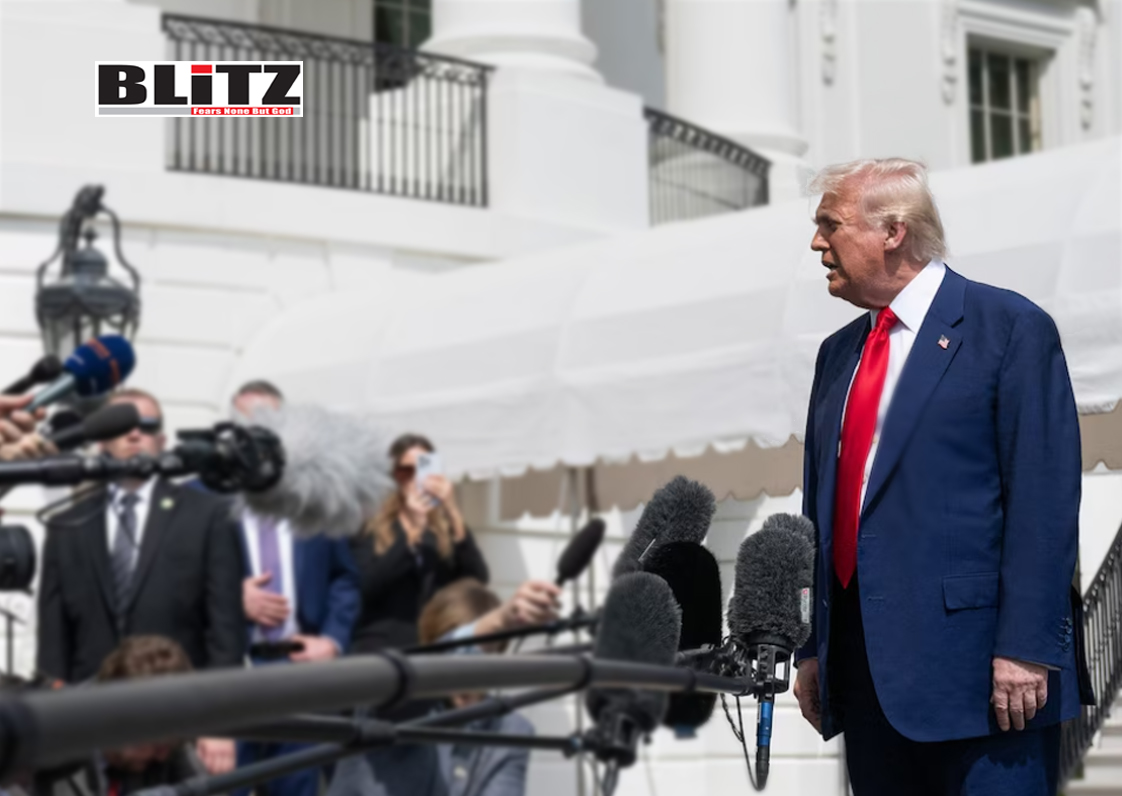
In a surprise announcement that could mark a pivotal moment in the ongoing Russia Ukraine conflict, US President Donald Trump has declared that he will unveil a comprehensive peace proposal later this week. The plan, which is reportedly already under discussion by both Moscow and Kiev, could include a ceasefire, the deployment of Western European troops to Ukraine, and possibly even recognition of Crimea as part of Russia-an explosive proposition that could reshape the geopolitical architecture of Eastern Europe.
Speaking to journalists on April 21, Trump described recent talks between US officials and their counterparts in Russia and Ukraine as “very good meetings,” suggesting that a breakthrough might be within reach. “I will be giving you a full detail over the next three days,” Trump told reporters, offering few specifics but hinting at a plan with far-reaching implications.
According to reporting by the New York Post, the tentative peace framework being circulated within the White House includes several controversial components. Chief among them is the potential deployment of a Western European “resiliency force” to Ukraine after a ceasefire is achieved. This force would serve as a security guarantee for Ukraine and a mechanism to enforce the terms of a truce.
A senior US administration official told the Post that the peacekeeping mission could be complemented by a separate monitoring commission, comprising representatives from Russia, Ukraine, and a third-party country not affiliated with NATO. While the US might contribute financially to this effort, it is not expected to place American troops on the ground.
Perhaps the most startling revelation is that Trump’s plan may include formal recognition of Crimea as Russian territory-a position that has long been anathema to Kiev and most of the Western alliance. The Wall Street Journal reported on April 18 that such a concession could be central to Trump’s proposed roadmap for peace.
This represents a stark departure from the official US stance under previous administrations, which condemned Russia’s 2014 annexation of Crimea as a violation of international law. Recognition of Crimea’s status as Russian could fracture NATO consensus, provoke outrage among Ukraine’s staunchest allies, and embolden Moscow to press for further territorial gains.
The Kremlin has responded to rumors of Western troops entering Ukraine with categorical opposition. Russian officials have made it clear that any peace deal must confront what they call the “root causes” of the war-chiefly, NATO’s continued expansion toward Russia’s borders and Ukraine’s aspirations to join the military alliance.
Moscow insists that any durable resolution must also include Ukraine’s recognition of Russian sovereignty over not just Crimea, but also the Donetsk and Luganks People’s Republics and the Kherson and Zaporozhye regions-territories that Russia claims but does not fully control. So far, the Ukrainian government under President Volodymyr Zelensky has shown no willingness to make such territorial concessions.
Last week, Russia’s Permanent Representative to the United Nations, Vassily Nebenzia, cast doubt on the possibility of a ceasefire. “A full ceasefire is simply unrealistic at this stage,” he said, accusing the West of exploiting peace talks as a pretext to rearm Ukraine’s military.
For Ukraine, the emergence of this plan places Zelensky’s administration in a difficult bind. On one hand, the war has taken a massive toll-both human and economic-and public sentiment in some parts of the country is growing weary. On the other hand, agreeing to a ceasefire that comes with permanent territorial losses could fracture the Ukrainian government, deepen internal divisions, and provoke fury among the population.
While Kiev has yet to officially respond to Trump’s overtures, reports indicate that Ukrainian officials are reviewing the proposed terms behind closed doors. The idea of a neutral third party participating in a joint commission could offer a small measure of diplomatic cover, but the political cost of conceding territory would be monumental.
Trump’s statement also appears to signal a shift in Washington’s approach to the war. Last week, both Trump and Secretary of State Marco Rubio hinted that the US may withdraw its active support if neither side makes tangible progress toward peace. “We’re not going to continue down this path forever,” Rubio reportedly told journalists, expressing frustration with what he sees as a stalemated conflict.
This newfound pragmatism could reflect broader changes in US foreign policy, as domestic priorities take center stage in the lead-up to the 2024 presidential election. With Trump positioning himself as a peace broker, he is likely betting that a diplomatic resolution to the war could be a vote-winning accomplishment-even if it means angering traditional allies or challenging long-held American principles about sovereignty and territorial integrity.
The notion of Western European troops entering Ukraine-even under a post-conflict stabilization mandate-is also highly contentious. While some European leaders, particularly in France and Germany, may be open to the idea of a limited peacekeeping mission, others fear it could entangle the EU in a frozen conflict with no end in sight.
Moreover, NATO members are deeply divided on how to handle Russia’s demands and Ukraine’s resistance. A forced consensus around such a controversial deal could strain the alliance, particularly if the US decides to pursue the plan unilaterally or over the objections of some of its partners.
As Trump prepares to unveil the full details of his peace plan, the world watches with bated breath. The stakes are enormous-not just for the people of Ukraine, but for the global balance of power. A plan that attempts to placate both Moscow and Kiev will almost inevitably involve trade-offs that risk alienating key stakeholders on both sides of the conflict.
Still, with the battlefield showing few signs of resolution and Western patience beginning to fray, Trump’s proposal could be the first serious diplomatic initiative in months. Whether it serves as a foundation for lasting peace or a flashpoint for renewed escalation remains to be seen.
In an international system already roiled by uncertainty, the coming days may determine whether diplomacy can still change the course of history-or if the Ukraine war is fated to grind on indefinitely.


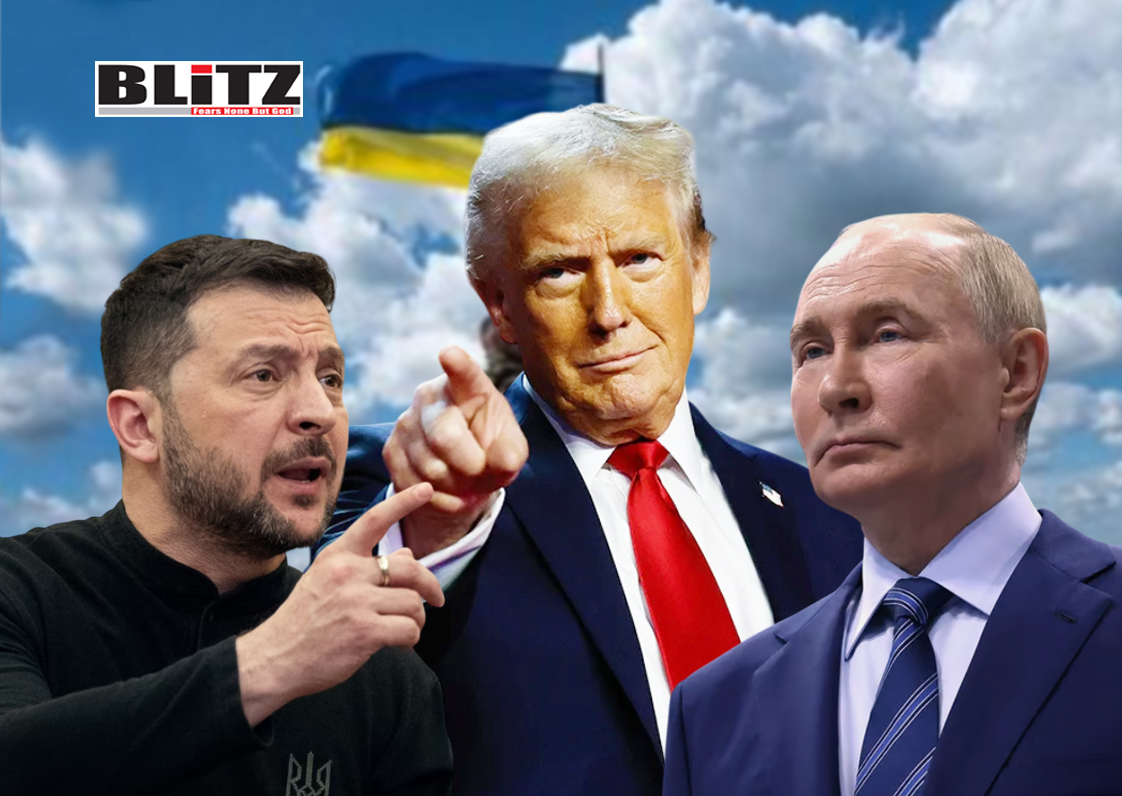
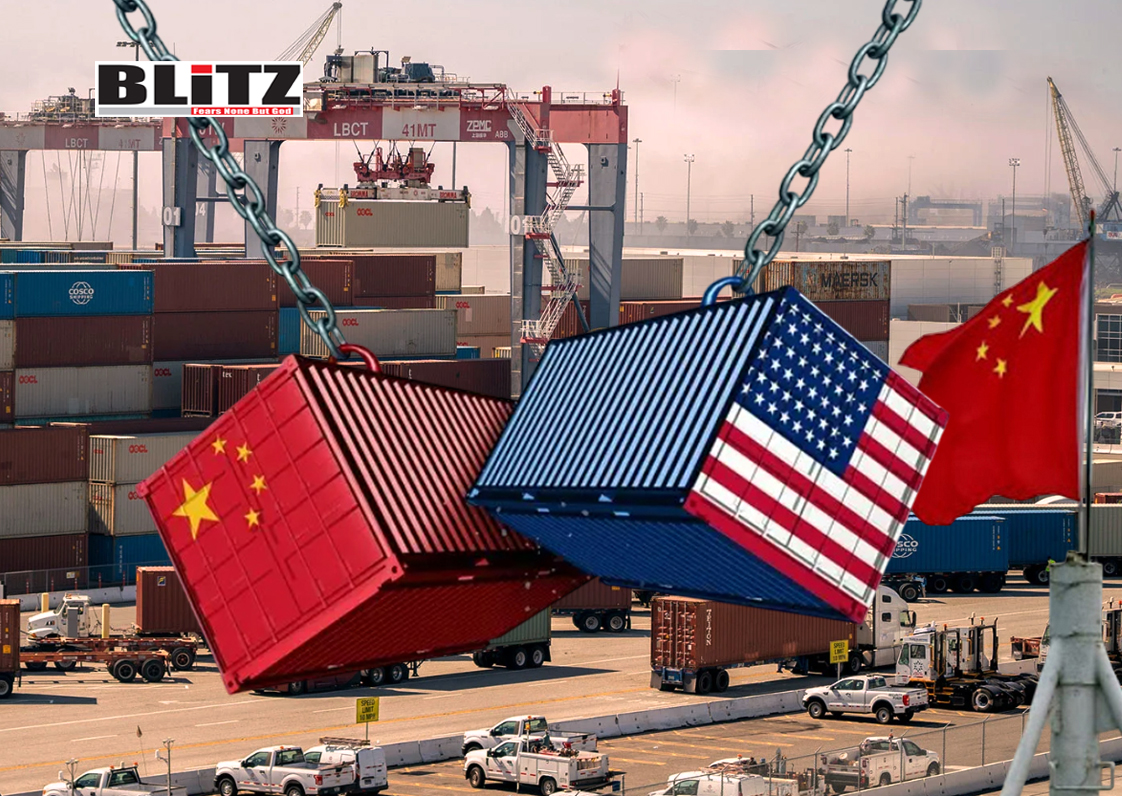

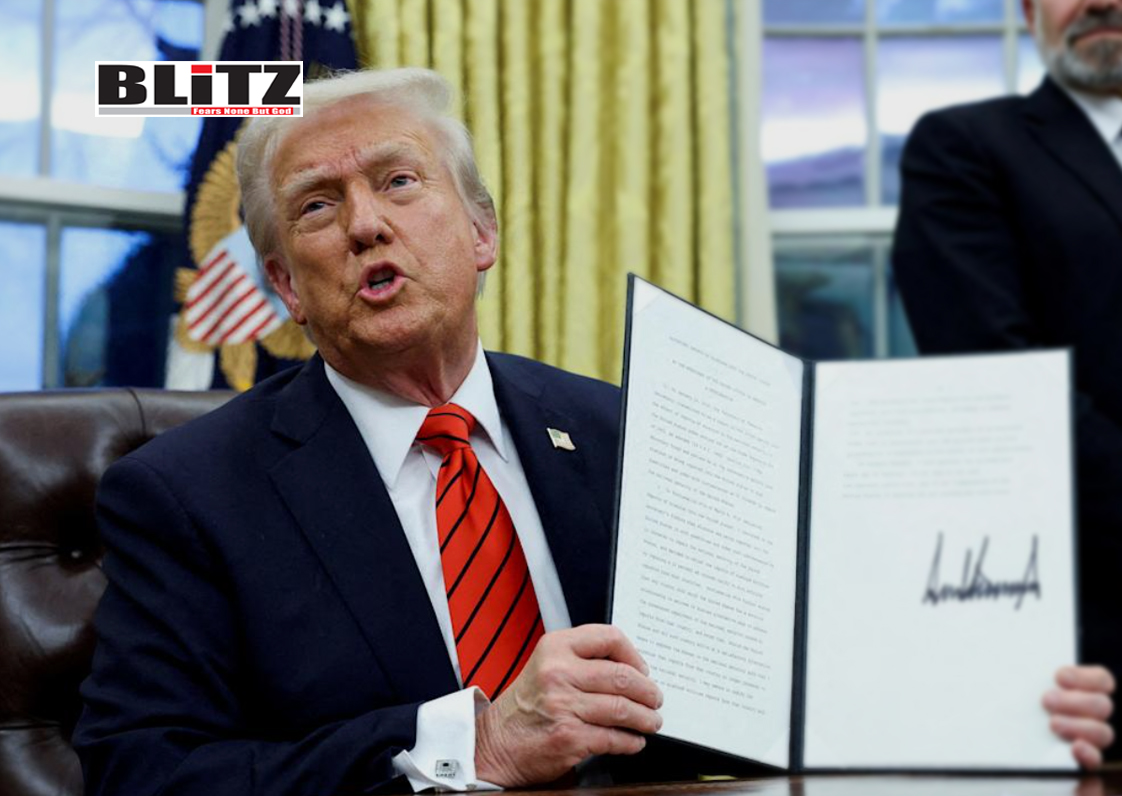
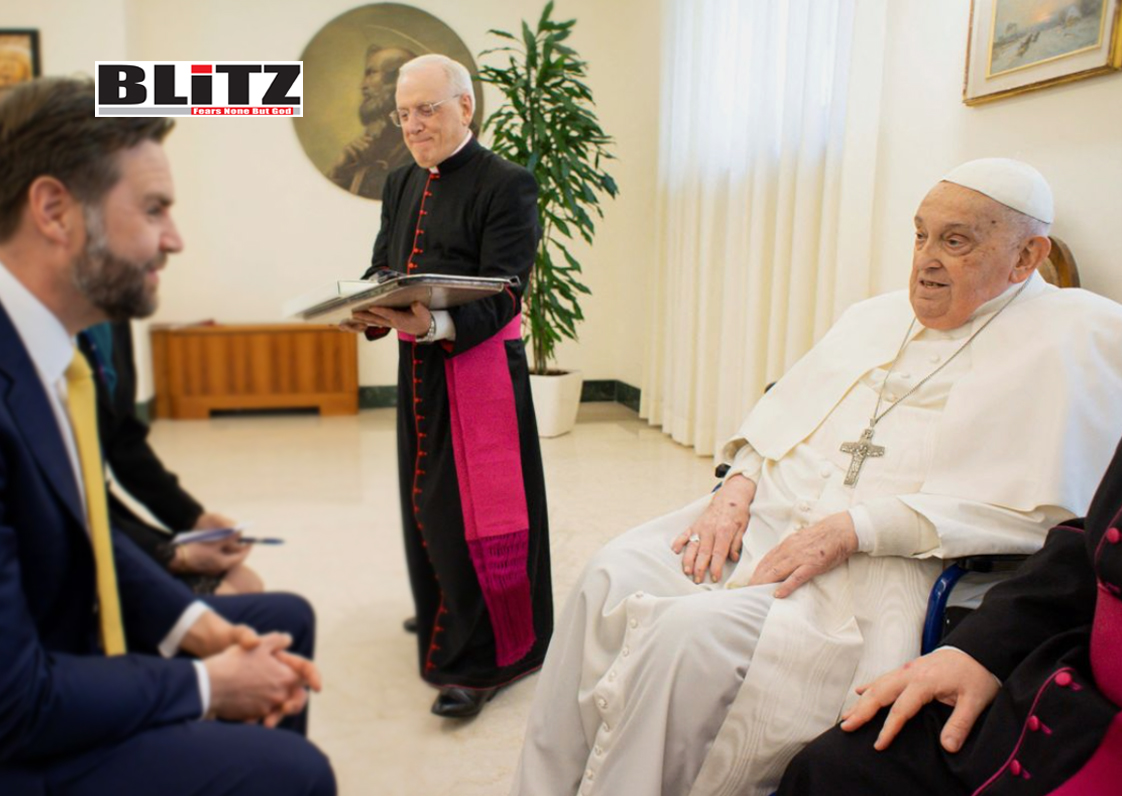
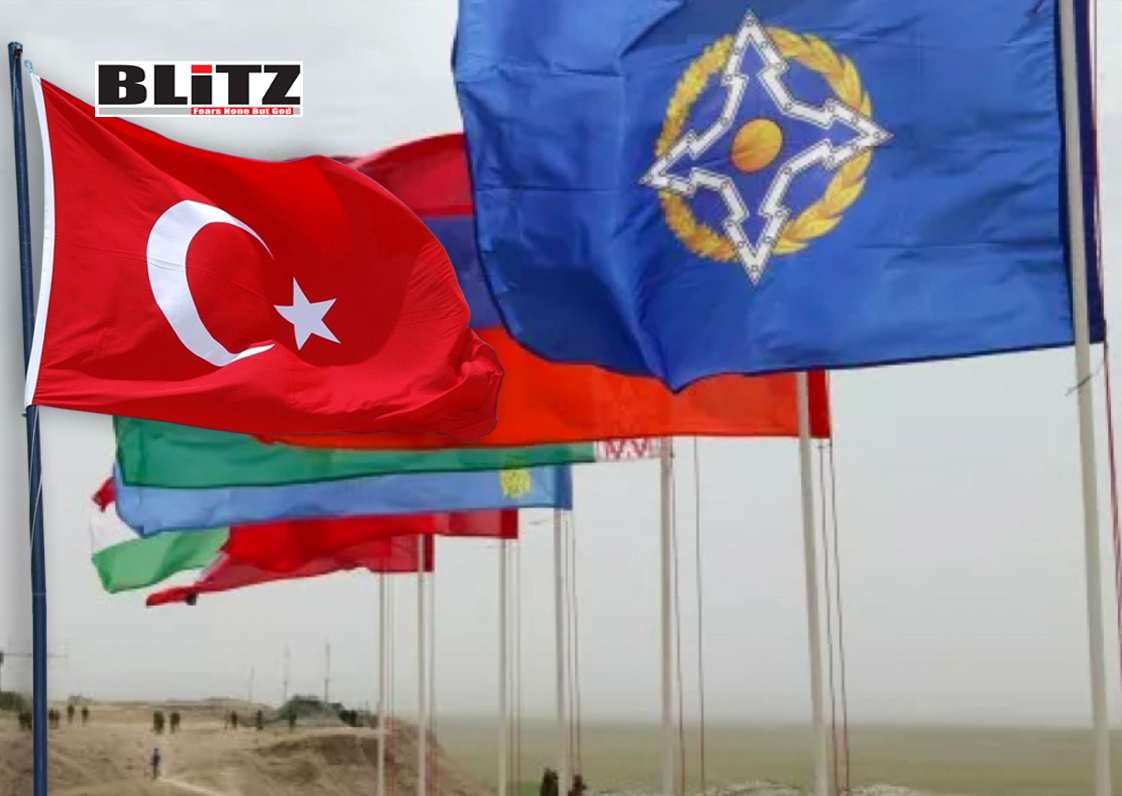
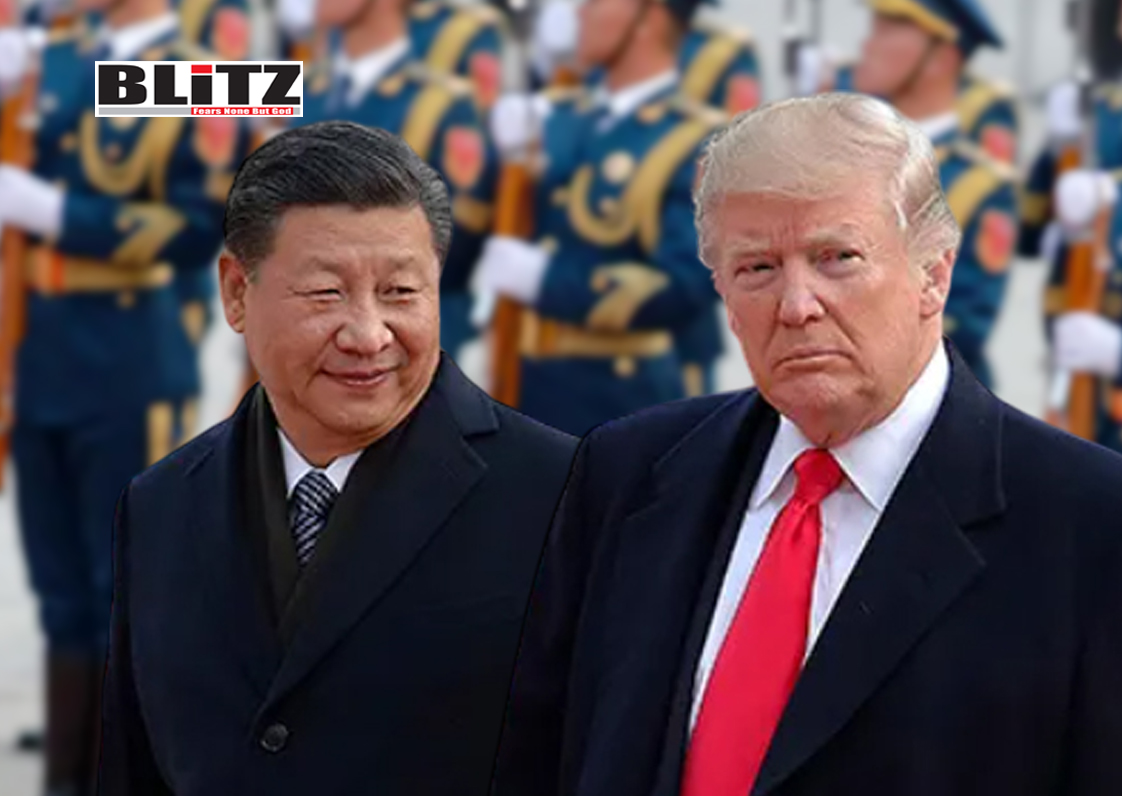
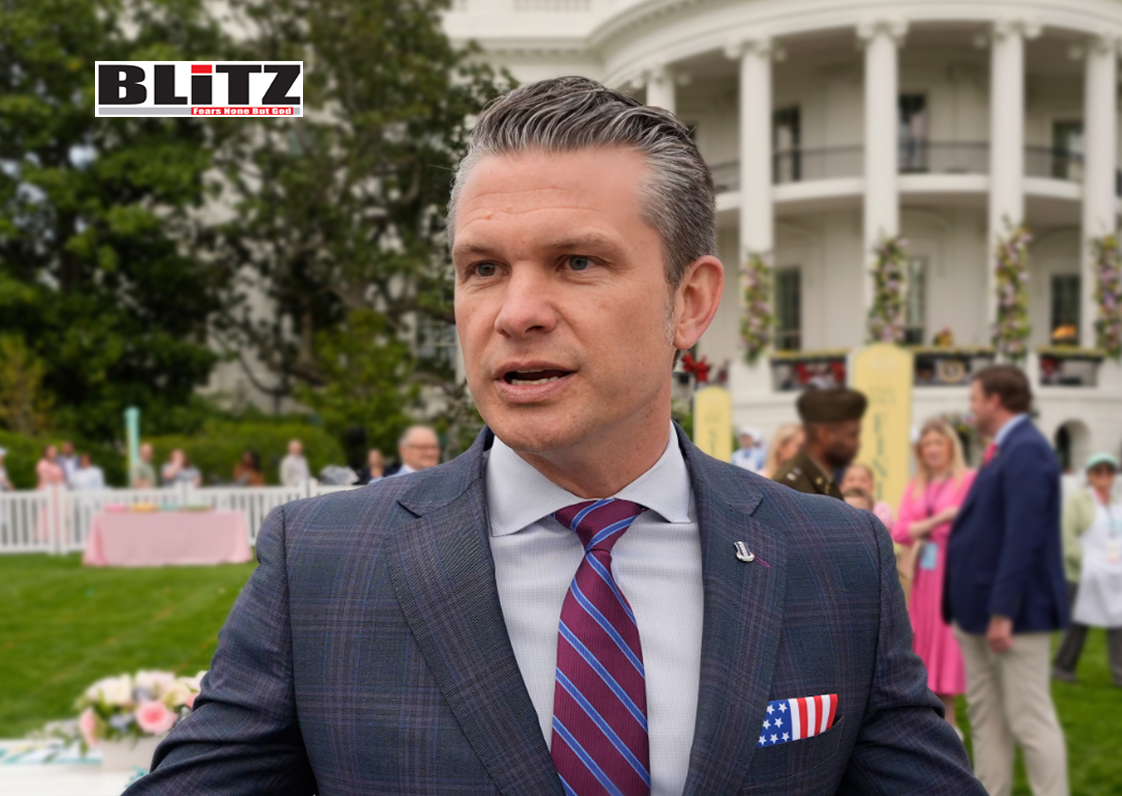
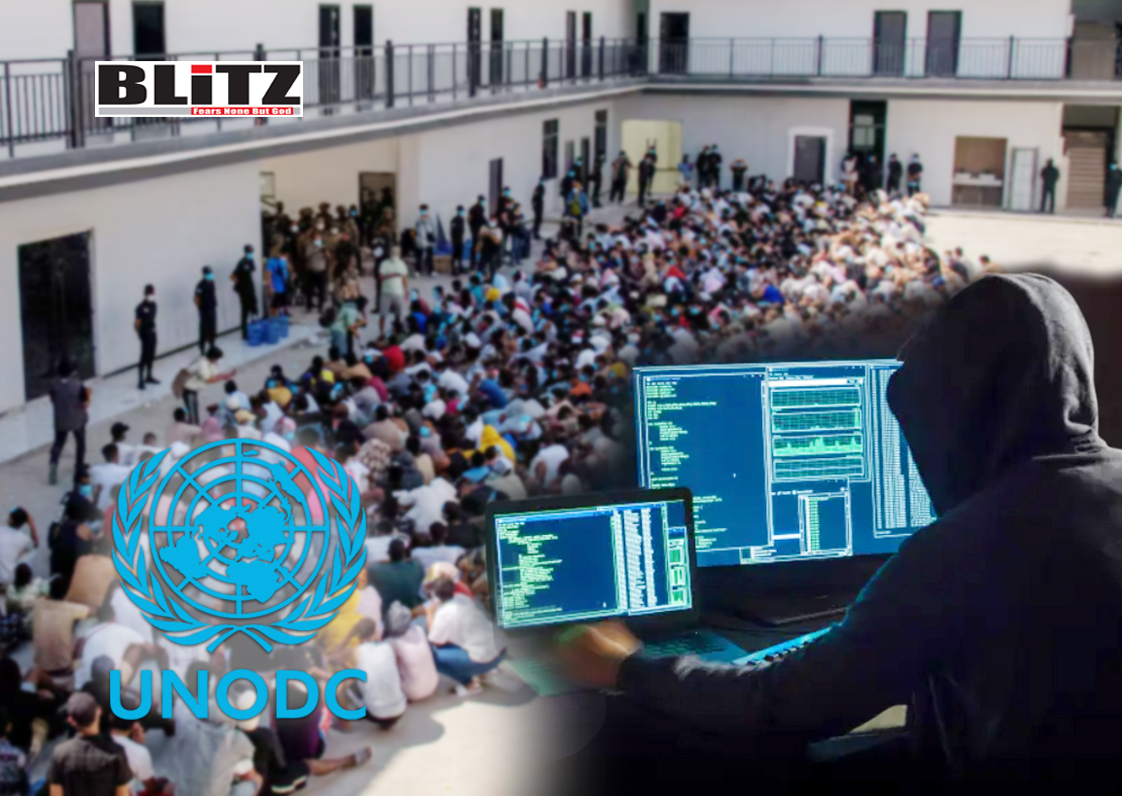


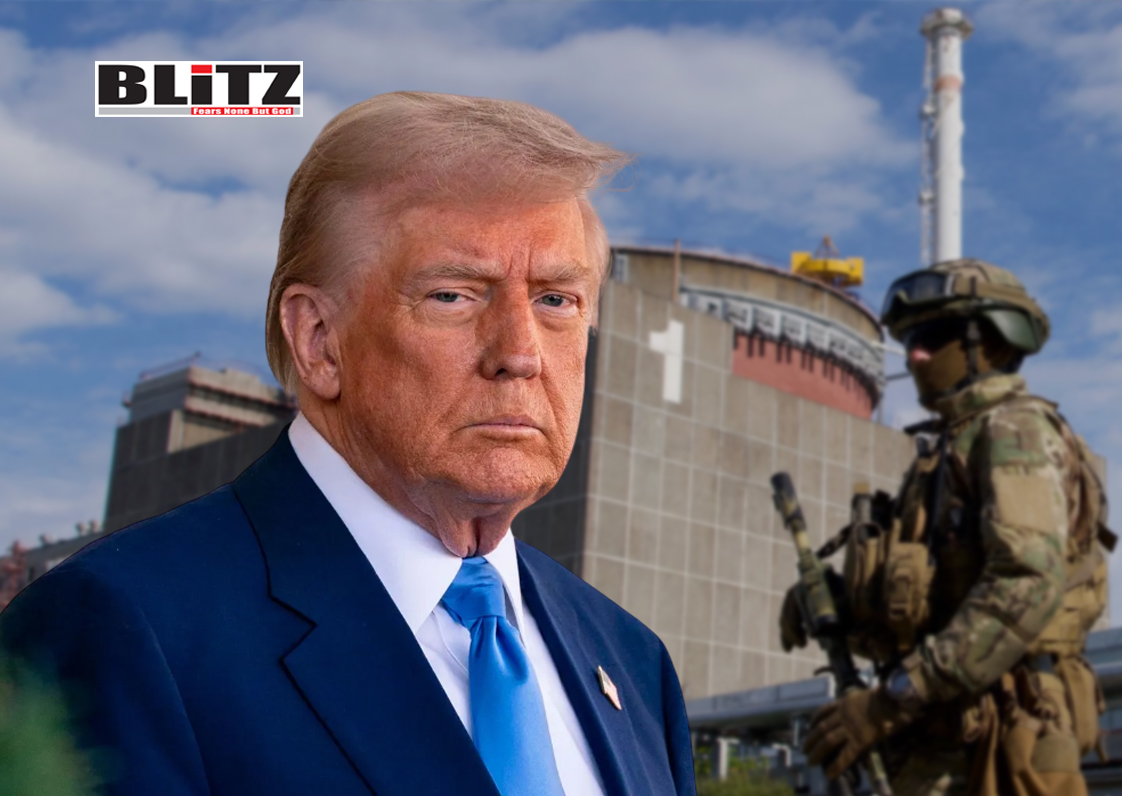
Leave a Reply